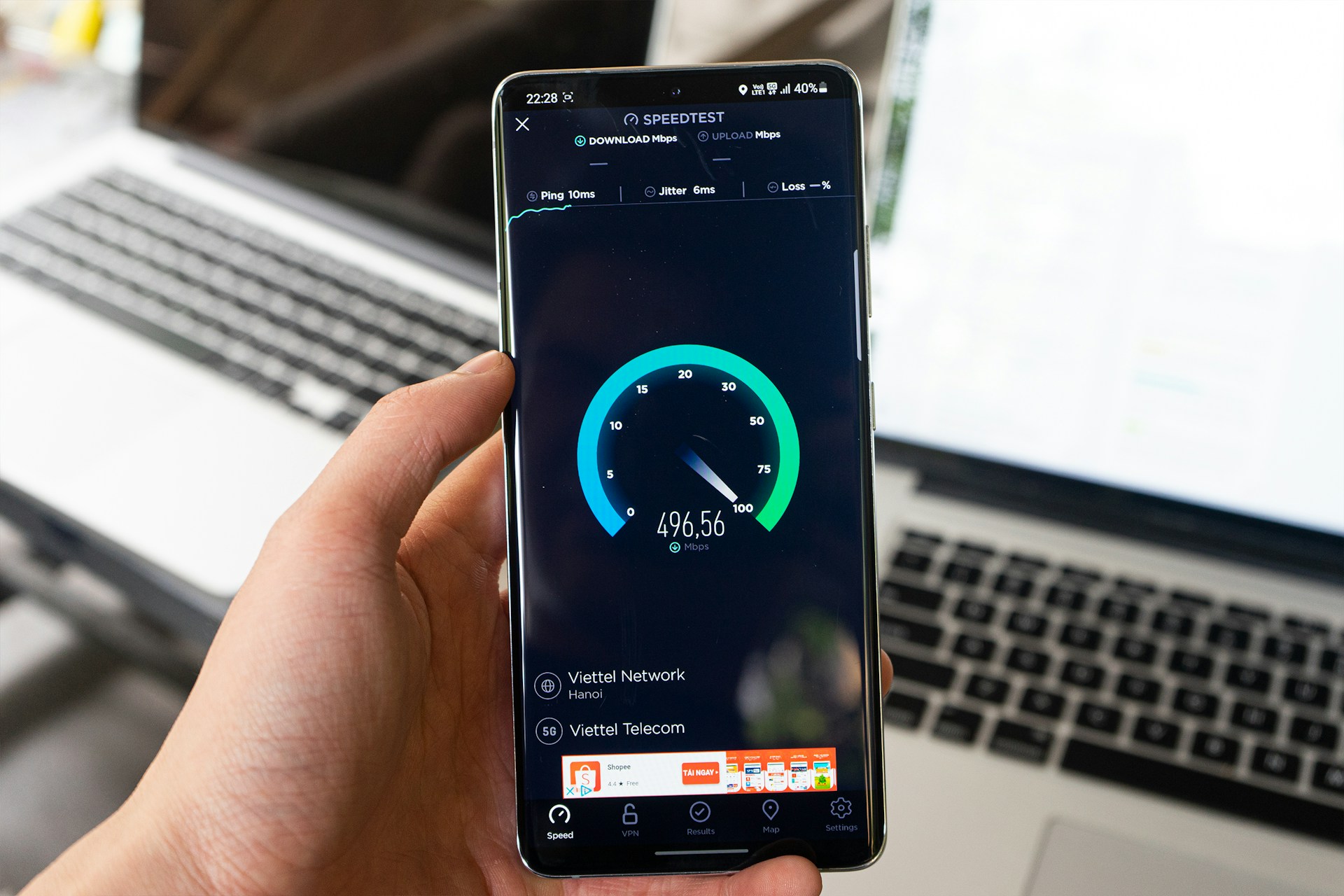In this rapidly advancing digital age, the ability to manage your home lighting with just a few taps on your phone is no longer a futuristic concept but a present-day reality. The integration of smart home devices into our daily lives has transformed the way we interact with our homes, offering unparalleled convenience, security, and energy efficiency. In this article, we will explore various methods to use your smartphone for real-time smart home lighting control, ensuring you harness the full potential of home automation.
Understanding Smart Lighting Systems
Smart lighting systems have revolutionized home lighting, enabling you to control your lights through your phone or voice commands via digital assistants like Amazon Alexa or Google Home. These systems usually consist of smart bulbs, switches, and hubs that can be managed through a centralized home app.
Also to see : How to Use Your Smartphone to Control and Monitor a Smart Home Irrigation System?
Smart bulbs such as Philips Hue can be easily integrated into your home lighting setup. These bulbs not only offer adjustable brightness and color settings but also provide options for scheduling and remote management. The ease of installation and user-friendly interfaces make these bulbs an ideal choice for beginners venturing into home automation.
Smart switches serve as another integral component of smart lighting systems. They enable you to turn existing lights into smart lights without replacing the bulbs. By installing smart switches, you can control your home lighting remotely, set schedules, and even integrate them with other smart home devices for a seamless experience.
Also read : What Are the Methods to Integrate Voice Assistants with Smartphone-Controlled Smart Homes?
Using Mobile Apps for Lighting Control
Mobile apps are the cornerstone of real-time smart home lighting control. These apps offer a visual and intuitive interface to manage your lights, set schedules, create automation systems, and monitor energy consumption.
Apps like Philips Hue and others provide extensive customization options. You can group multiple lights into zones, allowing you to control them simultaneously. This is particularly useful for larger homes where you want to manage different areas with a single tap.
Moreover, these apps often come with pre-set scenes that you can activate based on your mood or activity. Whether it’s a cozy movie night or a lively dinner party, you can adjust the ambiance to match the occasion. The ability to create custom scenes further personalizes your home lighting, making it an extension of your lifestyle.
One of the standout features of mobile apps is the ability to control your lights remotely. Whether you’re at work or on vacation, you can monitor and manage your home lighting, providing an added layer of security. Additionally, these apps often send notifications if any anomalies are detected, ensuring that you are always in the loop.
Integration with Voice Assistants
The integration of smart lighting systems with voice assistants like Amazon Alexa and Google Home takes home automation to the next level. By simply using your voice, you can control your lights without lifting a finger.
Setting up voice control is straightforward. Most smart lighting brands offer compatibility with major voice assistants, allowing for effortless integration. Once connected, you can use voice commands to turn lights on or off, adjust brightness, and even change colors. This hands-free approach is particularly beneficial when your hands are occupied or when you’re entering a room.
Voice assistants also offer the advantage of multi-device integration. You can link your smart lighting with other smart home devices, creating a comprehensive automation system. For instance, you can set a morning routine where your lights gradually brighten, your coffee maker starts brewing, and your thermostat adjusts to a comfortable temperature—all triggered by a single voice command.
Moreover, voice assistants can be programmed to recognize different voices, allowing for personalized settings for each family member. This ensures that everyone in the household can enjoy a tailored lighting experience.
Enhancing Security with Smart Lighting
One of the most compelling benefits of smart lighting is its potential to enhance home security. By simulating occupancy, you can deter potential intruders and keep your home safe.
Most smart lighting systems offer features like away mode, where your lights turn on and off at random intervals to mimic someone being at home. This can be particularly useful when you’re on vacation or away for an extended period.
Integration with home security systems further amplifies this benefit. In the event of a security breach, your lights can be programmed to flash or turn on, drawing attention to the situation. Some advanced systems even allow for integration with security cameras, enabling you to monitor the situation in real-time through your phone.
Another layer of security is provided by sensors and automation. Motion sensors can trigger your lights when someone enters a room, offering both convenience and security. For outdoor areas, motion-activated lights can deter intruders and provide better visibility.
Optimizing Energy Efficiency
Smart lighting systems not only offer convenience and security but also contribute to significant energy savings. By providing real-time data on energy consumption, these systems help you make informed decisions to optimize your home lighting.
Most smart bulbs and switches come with energy monitoring features that allow you to track usage through your home app. This data can be invaluable in identifying patterns and making adjustments to reduce energy consumption. For instance, you can set schedules to ensure lights are only on when needed, or dim lights during certain hours to save energy.
The ability to control your lights remotely also contributes to energy efficiency. If you forget to turn off the lights before leaving the house, you can easily do so from your phone. Additionally, automation features enable you to set rules based on your routine, ensuring your lights are always optimized for efficiency.
Moreover, many smart bulbs are designed to be more energy-efficient than traditional incandescent bulbs, offering the same level of brightness with a fraction of the energy consumption. Over time, this can result in significant savings on your energy bills.
In conclusion, the methods to use your smartphone for real-time smart home lighting control are diverse, innovative, and incredibly effective. From using mobile apps and voice assistants to enhancing security and optimizing energy efficiency, these systems offer a comprehensive solution for modern living. By integrating smart bulbs, switches, and other home automation devices, you can transform your home into a more convenient, secure, and energy-efficient space.
Embracing smart lighting systems not only enhances your home lighting experience but also contributes to a more sustainable lifestyle. With the ability to control your lights from anywhere and the added benefits of security and energy savings, your smartphone becomes a powerful tool in managing your home. So, take the plunge into smart home automation and enjoy the myriad advantages it brings to your everyday life.











